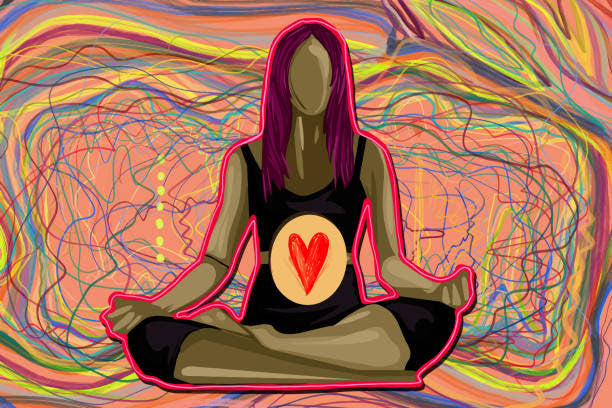Have you ever walked into a cozy restaurant and felt instantly at home? Or checked into a hotel and experienced an immediate sense of calm? Spaces like these are great examples of how interior design and psychology go hand in hand. They are designed in such a way that they not only look great but also directly impact our emotions, behavior, and even our energy levels. Read on for more information on the psychology of interior design!
The good news is, you don’t need a psychology degree to create your own ideal interior. By learning just a few simple concepts, you can design a space that makes you feel relaxed, comfortable and content. Here are some key things you should know about the psychology of design.
Color
The colors inside your home have arguably the biggest impact on your mood. It’s well documented that different colors evoke different feelings, and some even have the power to provoke physiological changes.
Red, for instance, promotes a sense of urgency and increases blood pressure as a result. Oftentimes you may see red in restaurants or casinos because it tends to make people stay longer and spend more. Colors like blue and green have been shown to have a calming effect. For this reason, you may see blues and greens in hospitals or places of wellness. Furthermore, blue can make a person want to eat less, hence the blue plate special (for those who can remember what that was)! If you want to lose weight, maybe consider putting a blue light in your refrigerator. For many years, people painted baby rooms according to gender, for instance, pink for a girl and blue for a boy, and yellow if the baby’s gender was not yet revealed. Data now shows that yellow tends to elevate feelings of anxiety…awh, those poor babies in yellow rooms crying all night long! That said, the impact of some colors will also vary depending on personal preference and experiences. If you like yellow it can spark creativity and increase your energy, but if you aren’t a big fan then it may make you feel anxious. All things we consider when using color in various commercial, hospitality, or residential environments.
Light
Few people would argue they prefer harsh, fluorescent bulbs over natural light. A good interior designer will always maximize sunlight when planning out a room, as it helps to regulate our internal body clock and makes the interior feel more spacious.
If there isn’t much natural light available, little tricks like hanging mirrors and using certain window treatments can make the most of what you’ve got. Where artificial lighting is required, choosing high-quality bulbs that mimic daylight can help prevent any adverse effect on your mood.
Space
Ease of movement and the perception of space is essential in creating positive energy in the home. While we may not have the luxury of choosing the size of our rooms, there are plenty of ways an interior designer can create the illusion of space.
Incorporating multi-functional items means that a smaller room is not overwhelmed with furniture, while clever storage solutions help prevent clutter from building up. Using lighter colors and reflective surfaces can also go a long way in helping a space feel bigger.

Considering the psychology of design can be hugely beneficial when creating your home environment. If you’d like a helping hand in designing a space that works for you, we would be delighted to help. Our Laguna Beach interior design team is comprised of experienced professionals who create unique, beautiful solutions with your personality and lifestyle in mind.
If you’d like to find out more about our services, send us a message through our contact page and we’ll get back to you as soon as we can. In the meantime, stay tuned for our brand new interior design podcast where we’ll be sharing all our tips, tricks, and insider insight @designwith.purpose




